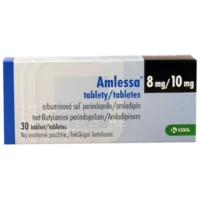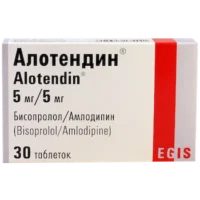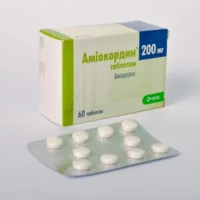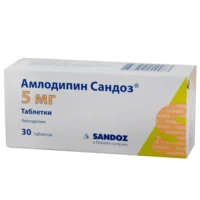Description
Simvastatin 20 Ananta (simvastatin) Coated Tablets 20 mg. №28
Ingredients:
Each coated tablet contains 20 mg of simvastatin.
Dosage:
The usual dose is 20-40 mg once daily in the evening. It is important to follow the dosage instructions provided by your healthcare provider.
Indications:
Simvastatin is indicated to reduce elevated total cholesterol, LDL cholesterol, apolipoprotein B, and triglycerides. It is also used to increase HDL cholesterol in patients with primary hypercholesterolemia.
Contraindications:
Do not use Simvastatin if you are pregnant, breastfeeding, or have active liver disease. It is important to discuss any medical conditions or medications with your healthcare provider before starting Simvastatin.
Directions:
Take Simvastatin exactly as prescribed by your doctor. Swallow the tablet whole with a glass of water. It is usually taken in the evening with or without food.
Scientific Evidence:
Simvastatin is a statin medication that works by inhibiting HMG-CoA reductase, an enzyme involved in cholesterol synthesis. By reducing cholesterol production, Simvastatin helps lower LDL cholesterol levels and decrease the risk of cardiovascular events.
Several clinical trials have demonstrated the efficacy of Simvastatin in reducing cardiovascular events and mortality in patients with hypercholesterolemia. The Scandinavian Simvastatin Survival Study (4S) showed a significant reduction in the risk of coronary events and mortality with Simvastatin treatment.
Additional Information:
- Storage: Store at room temperature away from moisture and heat.
- Side Effects: Common side effects may include muscle pain, weakness, and stomach pain.
- Interactions: Inform your doctor about all medications you are taking to avoid potential drug interactions.





